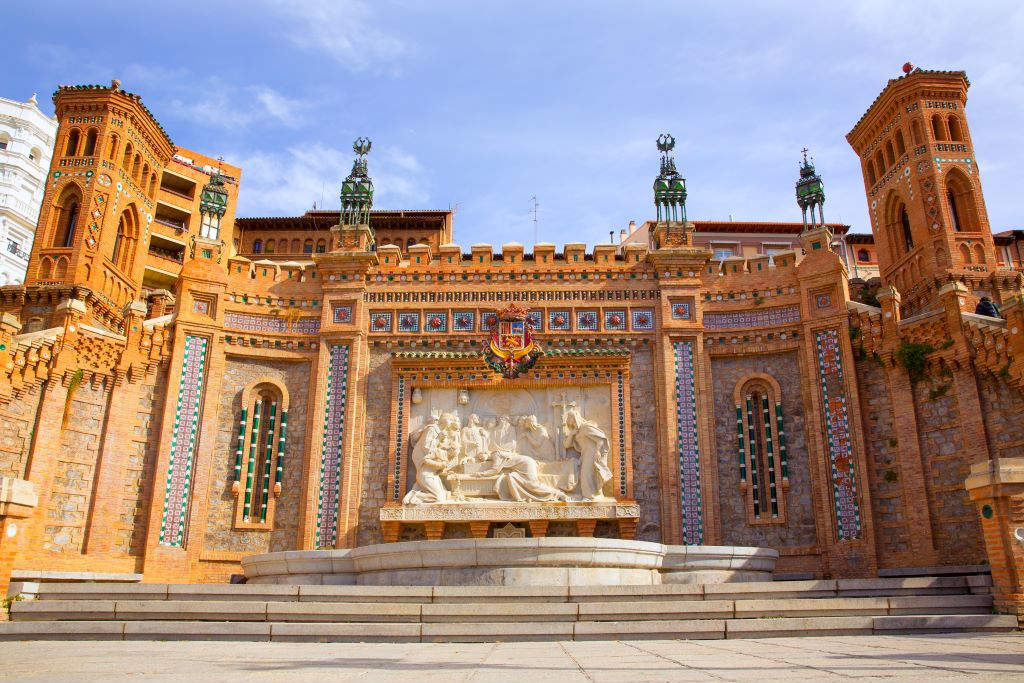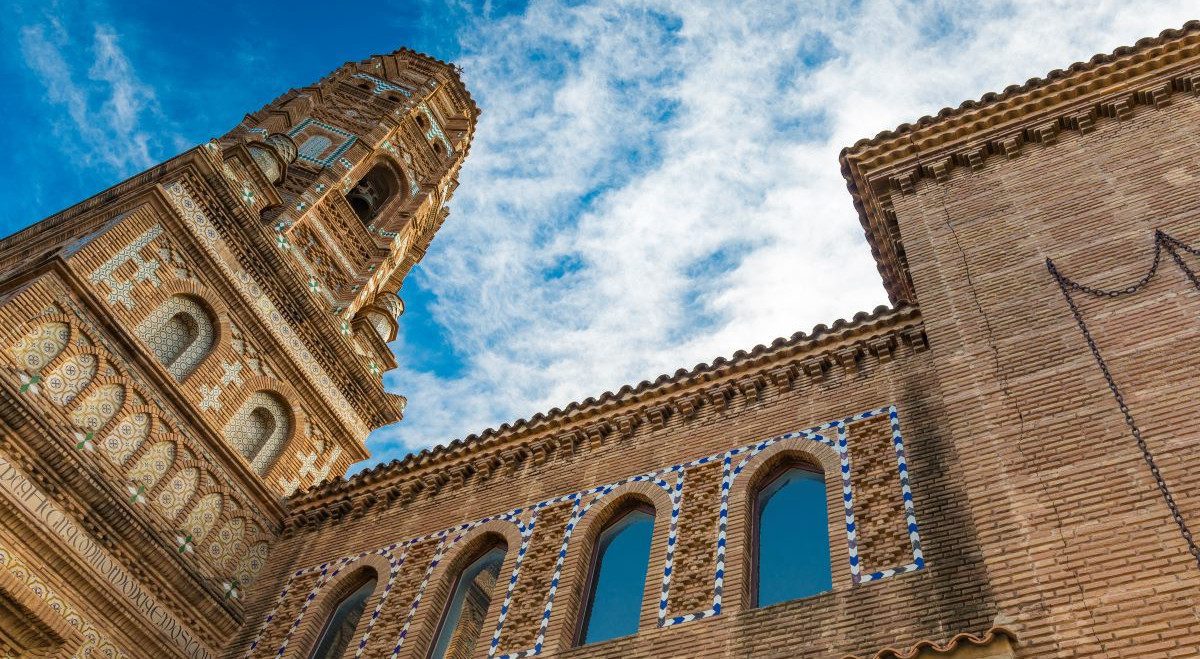Get inspired
- Where to go
- Things to do
- Travel Blog
Plan your trip
- Hotels & more
- Restaurants
- Mosques
- Shopping
- Care & Health centers
- Tailor-made services
- Travel guides
Halal Travel Deals
- Tour packages
- Guided Tours & Activities
Professional area
- About us
- Be our partner
- Add your establishment
Settings & help
- My Account
- Language
- Customer Service

Log in to enjoy the best of Let’s Go Halal

Welcome back!

Forgot your password?
No worries. Enter your email address,
and we’ll send you a link to reset it.
































